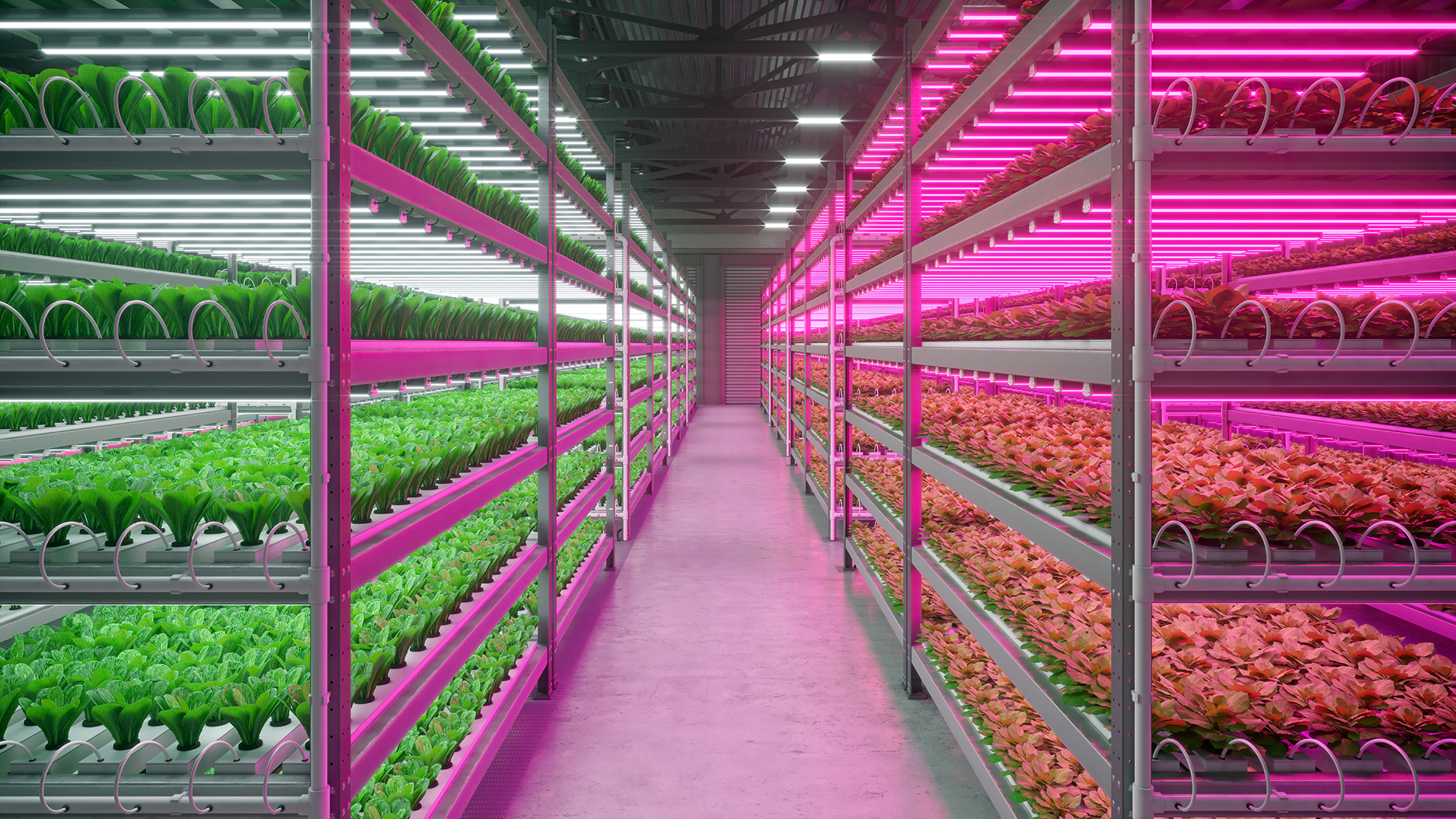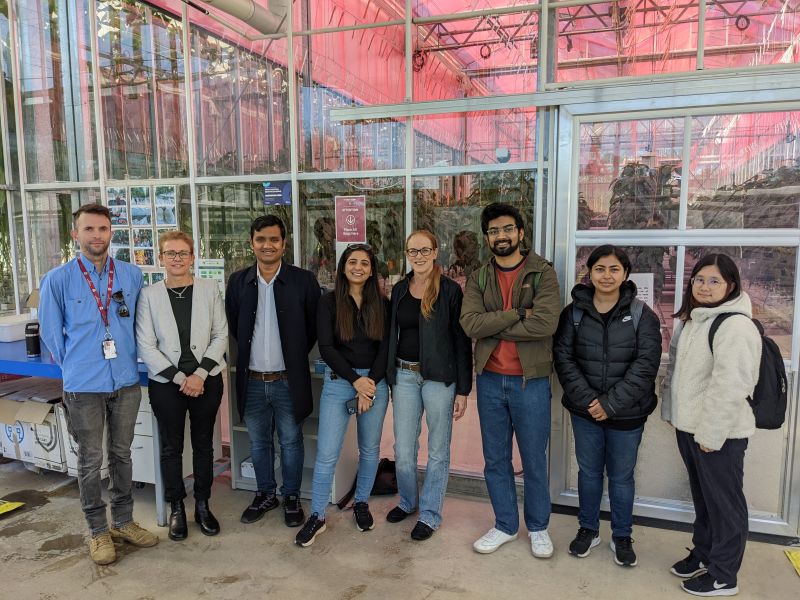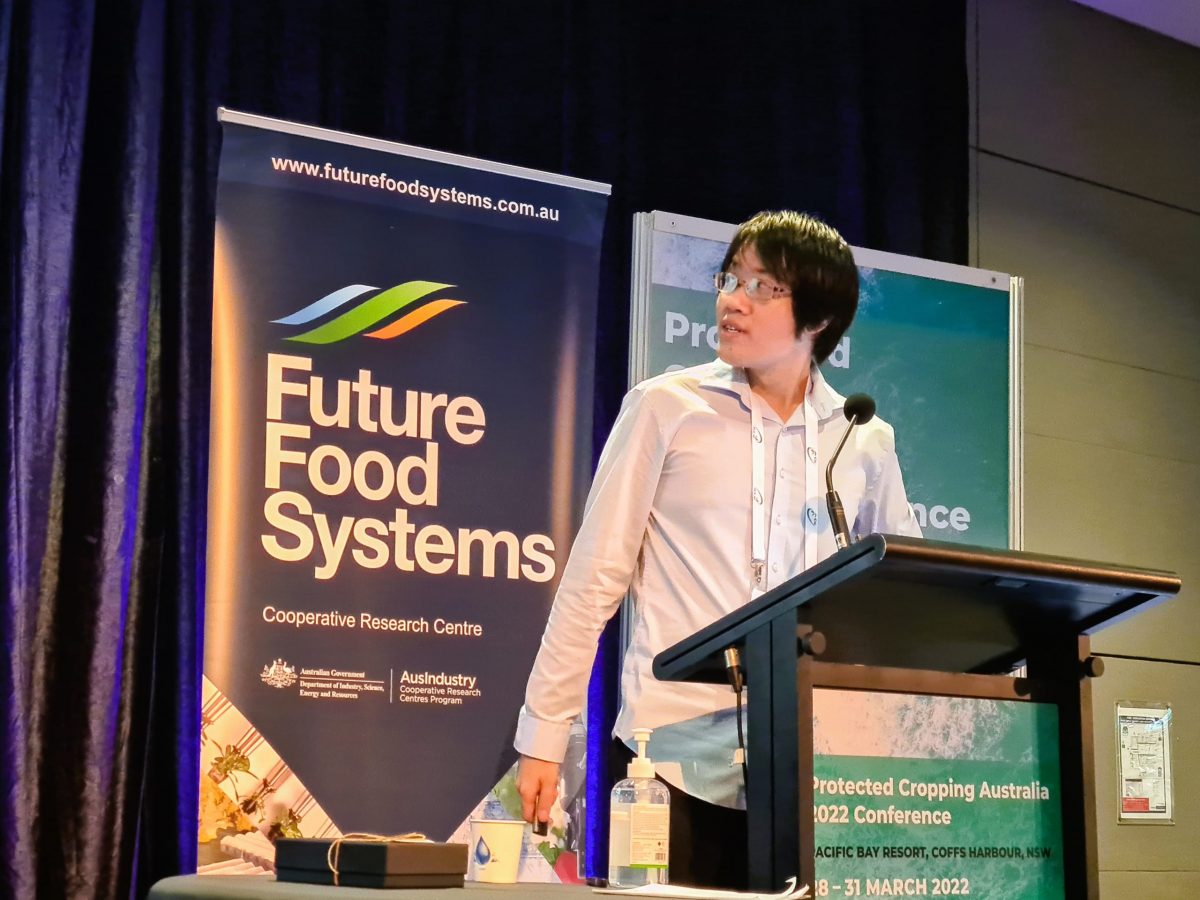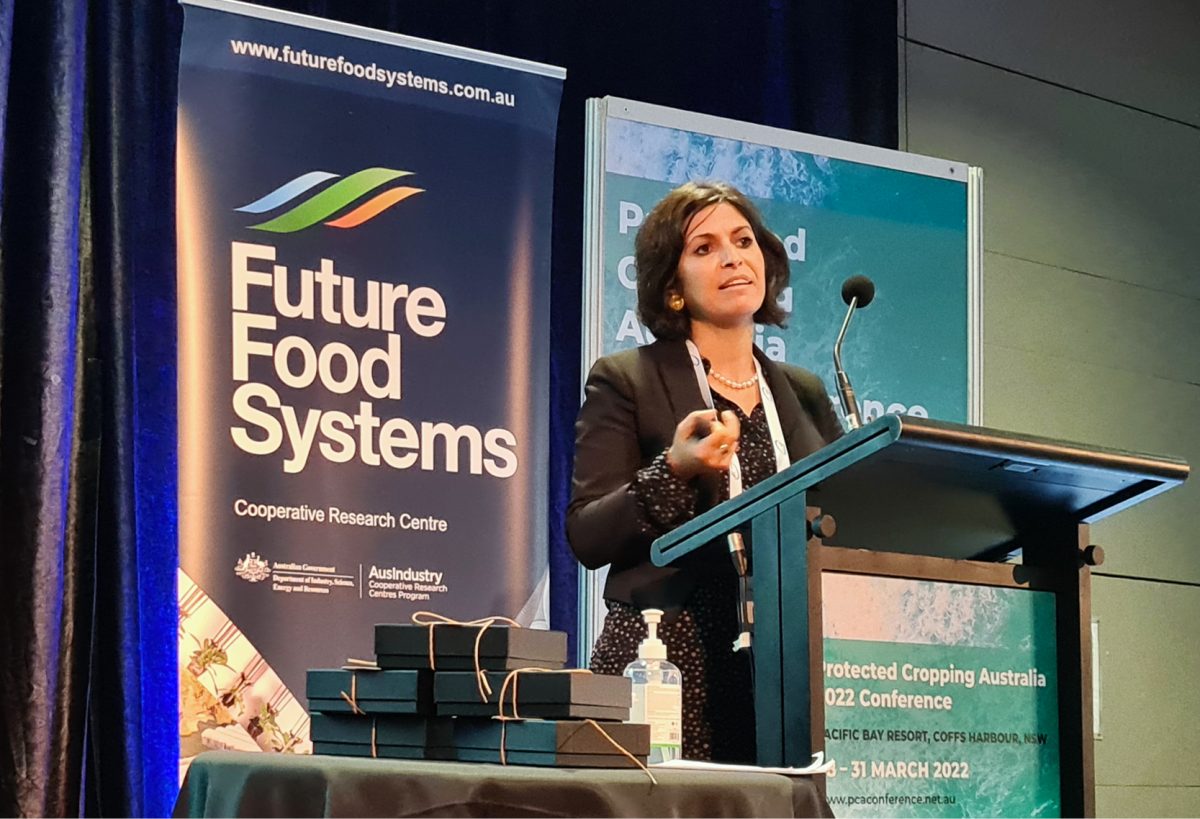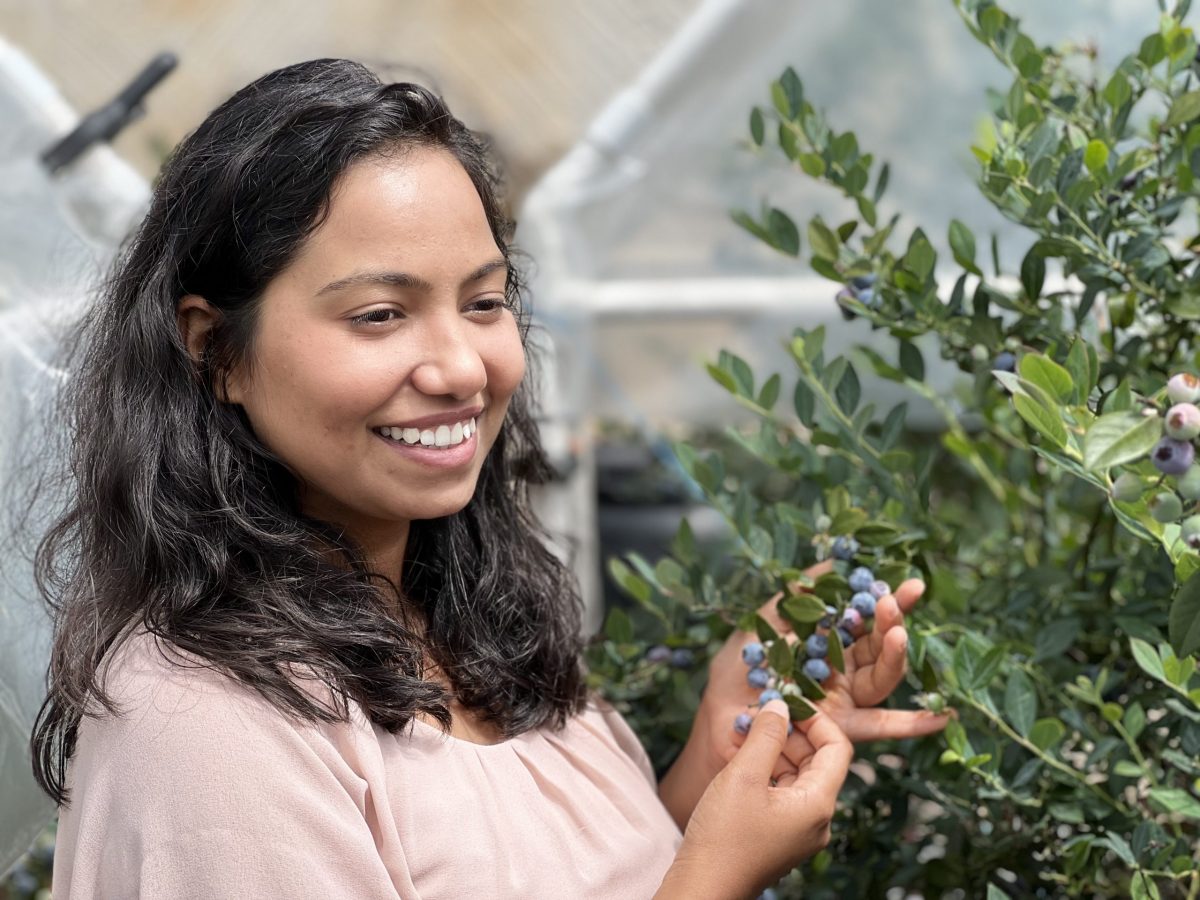Greenhouses have enormous potential to solve issues related to global food security, but high energy use for cooling is a major challenge in the application and promotion of protected cropping (PC) in warm climates. One solution lies in the development of new cooling technologies and applications of these in commercial-scale greenhouses.
The focus of this project is on describing the crop, technology and climate interactions that result from implementing various PC strategies and greenhouse designs in the warm Australian climate. This entails evaluating the long-term performance of several cooling technologies and greenhouses, including characterising the energy-saving potential of smart glass (glass coated with photoselective thin film) for greenhouses via crop trials.
Further entailed are post-harvest, phenological and physiological analyses for investigating energy input, energy output and crop quality, to develop an understanding of what climate responses predominate in which crops and therefore, what protected cropping strategies may be beneficial. These insights will be used to support the design of a greenhouse energy- and mass-transfer model, to be validated using experimental data from various greenhouses and cooling systems within the Australian climate.


